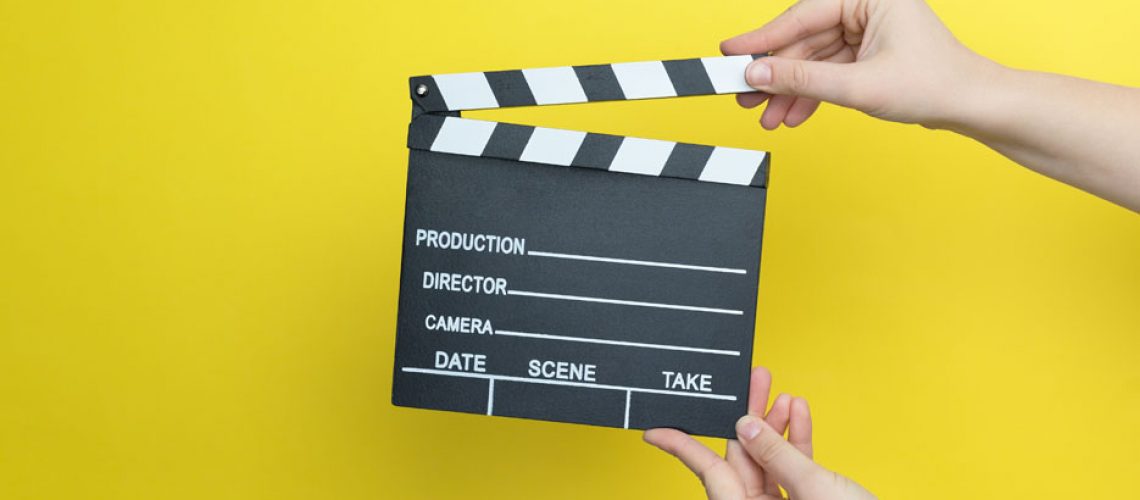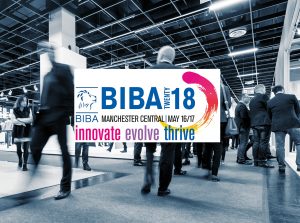Brands today love telling stories, using every possible medium to pull heartstrings, make audiences aspire to greater things or simply adore them. And with a 70% success rate [1] experiential is proving to be the perfect medium to tell these stories. It’s quickly becoming the bedrock of modern branding, but why?
We love stories
Human beings love stories. They form part of the human story and become part of a person’s experiences from a young age. They surround us at every stage of our life, from books to movies, to conversations with people. Everything has a narrative element to it, so why not brands?
The issue that faced brands in the past was simply how best to tell them. But modern media has solved this by expanding their repertoire significantly, and many of these new tools allow a much more personal touch.
Meaning experiential and social media allow your brand to interact directly with your audience. Letting you start a conversation rather than simply sending them a message.
What is brand storytelling?
Put simply; it’s simply a way of telling people about what makes your brand tick. But rather than the traditional, ‘WE SELL X’, you’re telling them WHY you sell what you do. You’re not simply offering them the option to buy and explaining the price, but telling them how you can work together to benefit their life in some way.
Brand storytelling allows you to create a cohesive message and consistently distribute it across numerous mediums. But unlike traditional advertising, it’s a way of driving significantly more personal engagement rather than simply awareness.
Then, depending on the media used, you provide incredibly tailored experiences that speak to the audience. Which is why experiential has proven so significant to brand storytelling in recent years.
Experiential Storytelling
Experiential events have always required a narrative structure. Regardless of how simple or complex the activation, they’ve always had hooks to hang the brands involved on. So experiential storytelling is simply a natural evolution of the form.
What experiential offers is the opportunity to make the story the complete focus of your interaction with your audience. Letting you push the boundaries of your brand further, and remove the usual constrictions of marketing and allow you to put people at the very heart of this story.
Or, put more simply, it’s about creating “moments”. Moments that those experience will remember. These positive associations with your brand cannot be underestimated, and experiential is proving to be the most powerful way of doing this, more than any other media.
Your story
No matter the story, there’s a way of expressing it through experiential that will set you apart from everyone else. As unlike other media, experiential has no real limitations other than imagination or budget. Other media are constrained by how they are delivered (screen sizes, formats, poster location and so on), which can limit what you can express. This isn’t so with experiential.
With experiential, you have the time and space to say all you need to say. As long as it’s engaging, you can take as long as you want. There’s nothing to stop you putting on a whole experiential weekend; the only caveat is everyone involved (you and your customer) must feel like they’ve benefited.
And that’s really the key, leaving your audience with the feeling that they’ve benefited positively in some way from the experiences. However, many simply take this to mean swag or freebies. But that approach can somewhat miss the real value behind experiential experiences.
Often the best experiential events simply show people something they didn’t realise or let them escape in some way. Your product can often take a slight back seat over the brand experience and positive recall. Which when removing this hard sell, can really make telling your story so much simpler and more personal.
But never fear it’s not a waste of time and money because the positive experience is the hard sell. According to EventTrack, 70% of people will become regular customers after an experiential event [2]. Which shows just how effective experiential can be.
It’s why experiential works so well for brands and is even more effective when you have a story to tell. Just by adding a simple narrative structure you can inject your brand or product with a genuine sense of wonder and awe that your audience can physically experience for themselves. Instantly creating your very own brand ambassadors. What else offers that, or at least so effectively.
Do you have a project or want to find out more?
Contact Matt Briggs on +44 (0) 1484 451061 or click here to drop him an email



